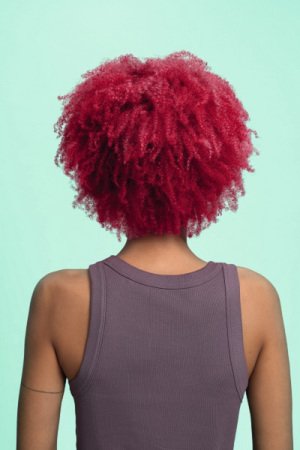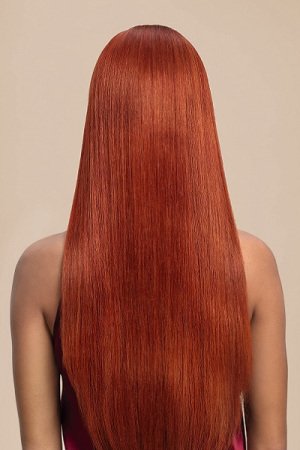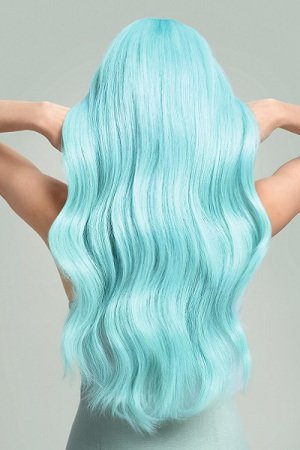Hair Colour Terms Explained
Hair Colour Terminology Explained
In the world of hair colour, there are various terminologies used to describe different techniques that professionals use to achieve the desired look. Here are some popular hair colour techniques that you might come across:
Firstly, there's the 'Colour Melt' technique, which involves overlapping varying shades of colour from roots to tips, creating a seamless blend.
Another technique is 'Balayage', which is a low-maintenance style achieved by hand-painting vertical sections of the hair with lighter colours, leaving the base colour at the roots and gradually getting lighter towards the ends.
For those who want a mix of traditional highlights and balayage, 'Foilayage' is the way to go. This technique involves applying highlights to the hair in V shapes, away from the root, resulting in natural-looking regrowth.
After a hair lightening service, 'Toners' can be used to blend and even out unwanted warm or brassy tones, or to refresh the overall colour.
The 'Root Stretch Balayage' technique, also known as smudging or root drag, involves stretching the natural root colour for a low-maintenance balayage look.
If you only need to colour your roots, 'Root Regrowth' or 'Root Touch Up' is the perfect option, especially for covering grey hair.
For a two-tone look, 'Ombré' is a technique where one hair colour blends into another from roots to tips.
Another technique is 'Face Frame Highlights' or 'Money Piece Colour', which involves creating brighter, often lighter blonde highlights framing the face from roots to ends.
Finally, there's the 'Full Head Hair Colour' technique, which simply involves covering all of the hair with the desired colour.
View our full range of colour services before booking your appointment online




